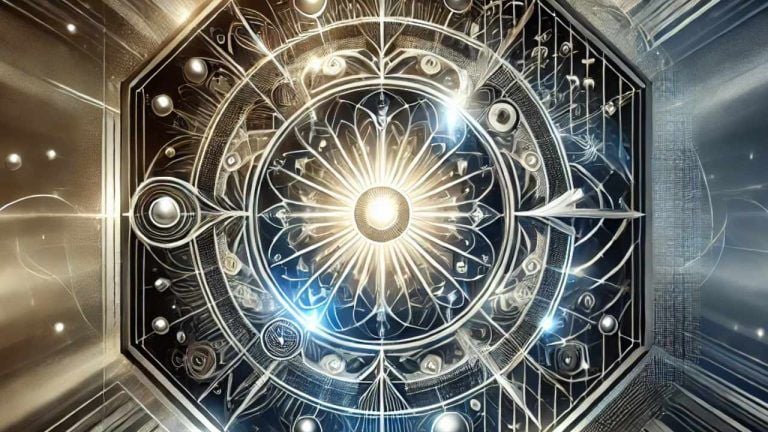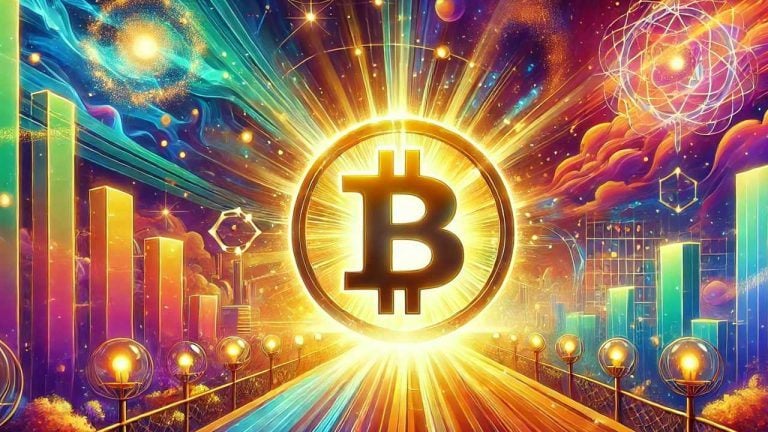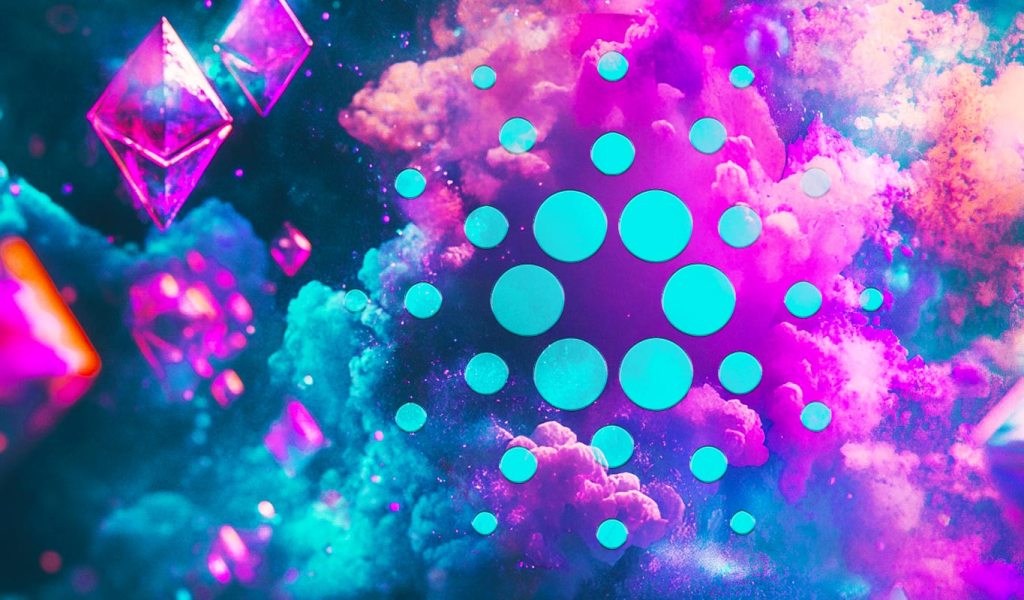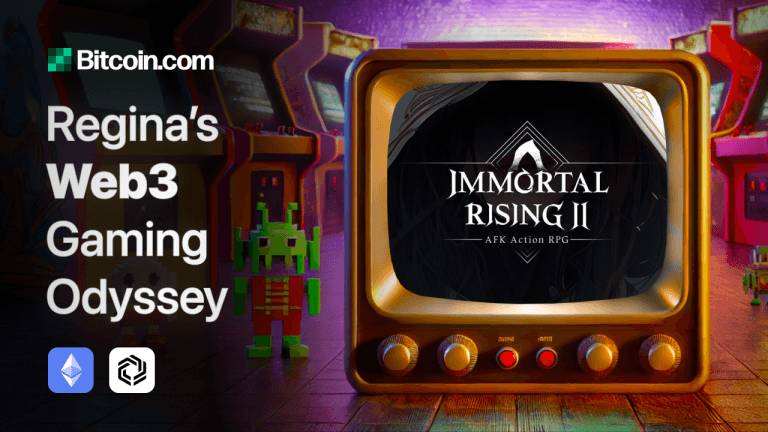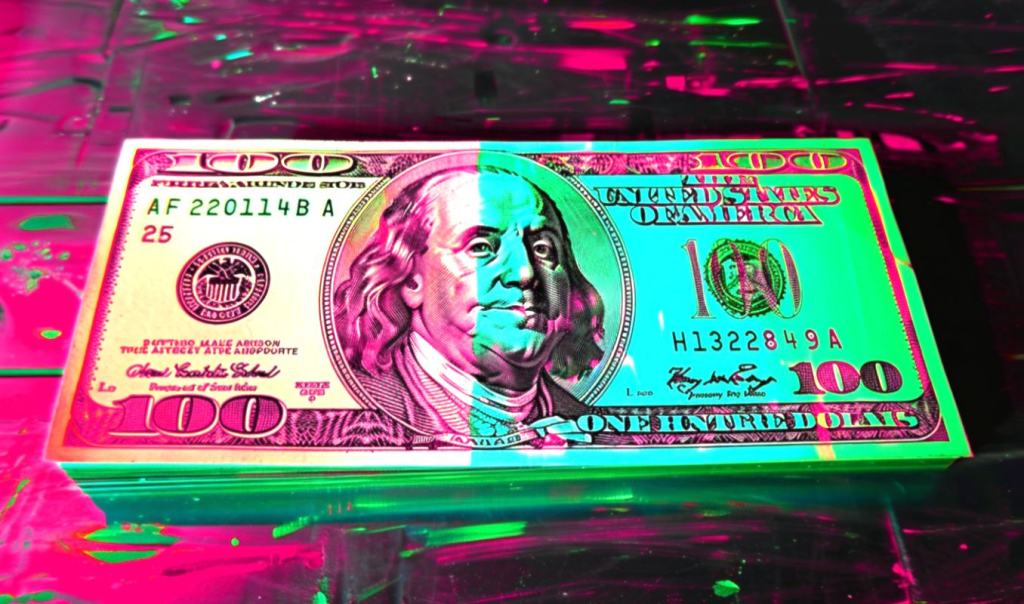
AI Eye: Is AI a nuke-level threat? Why AI fields all advance at once, dumb pic puns
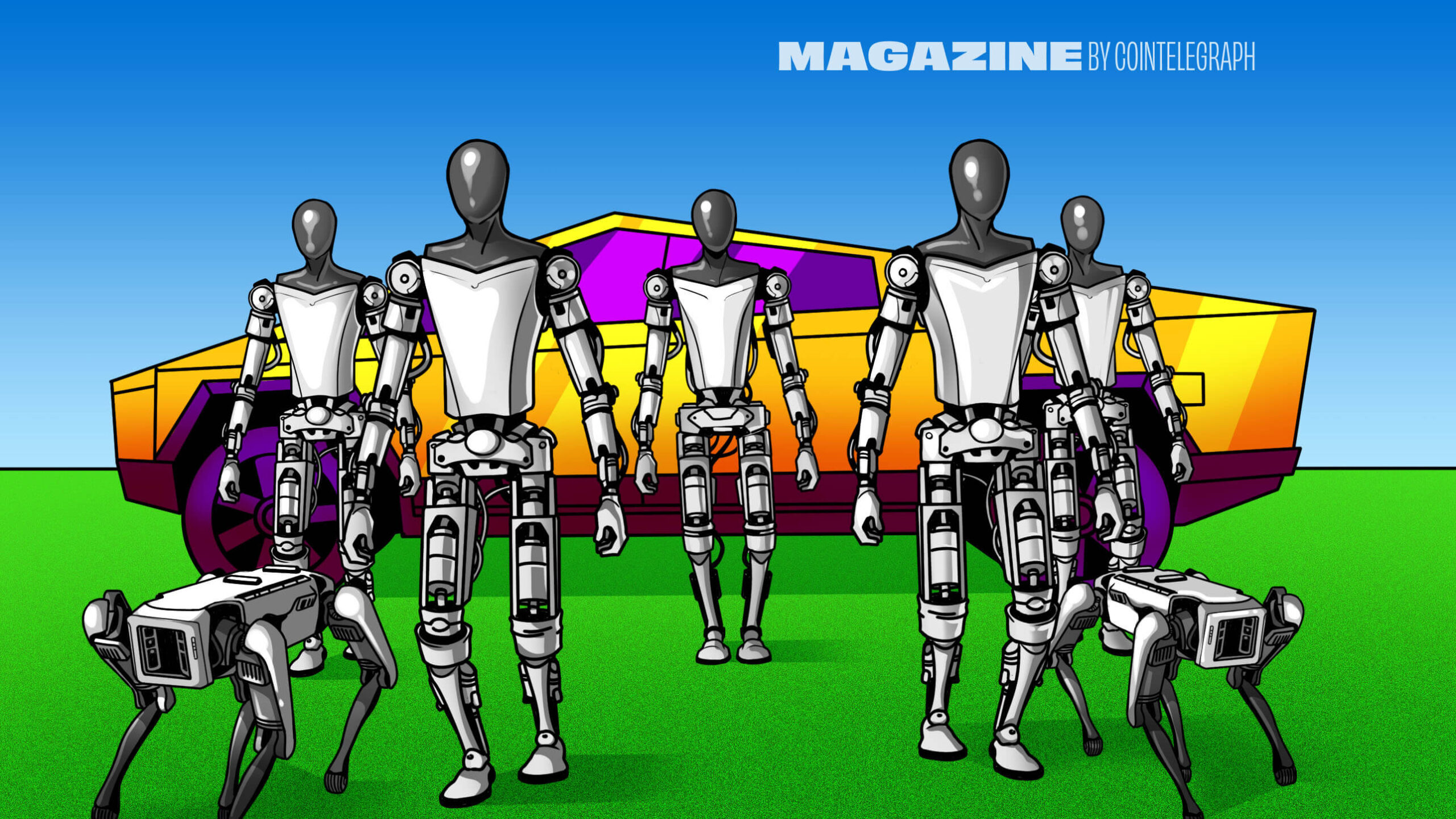
Is AI an existential threat like nuclear weapons, or as likely to kill us as a toaster? Why all AI fields advance at once, and dumb pic puns.
Just as we dont allow just anyone to build a plane and fly passengers around, or design and release medicines, why should we allow AI models to be released into the wild without proper testing and licensing?
Thats been the argument from an increasing number of experts and politicians in recent weeks.
With the United Kingdom holding a global summit on
Princeton computer science professor Arvind Narayanan warned, We should be wary of Prometheans who want to both profit from bringing the people fire and be trusted as the firefighters.
Netscape and a16z co-founder Marc Andreessen released a series of essays this week on his technological utopian vision for AI. He likened AI doomers to an apocalyptic cult and claimed AI is no more likely to wipe out humanity than a toaster because: AI doesnt want, it doesnt have goals it doesnt want to kill you because its not alive.
This may or may not be true but then again, we only have a vague understanding of what goes on inside the black box of the AIs thought processes. But as Andreessen himself admits, the planet is full of unhinged humans who can now ask an AI to engineer a bioweapon, launch a cyberattack or manipulate an election. So, it can be dangerous in the wrong hands even if we avoid the Skynet/Terminator scenario.
The nuclear comparison is probably quite instructive in that people did get very carried away in the 1940s about the very real world-ending possibilities of nuclear technology. Some Manhattan Project team members were so worried the bomb might set off a chain reaction, ignite the atmosphere and incinerate all life on Earth that they pushed for the project to be abandoned.
After the bomb was dropped, Albert Einstein became so convinced of the scale of the threat that he pushed for the immediate formation of a world government with sole control of the arsenal.
The world government didnt happen but the international community took the threat seriously enough that humans have managed not to blow themselves up in the 80-odd years since. Countries signed agreements to only test nukes underground to limit radioactive fallout and set up inspection regimes, and now only nine countries have nuclear weapons.
In their podcast about the ramifications of AI on society, The AI Dilemma, Tristan Harris and Aza Raskin argue for the safe deployment of thoroughly tested AI models.
I think of this public deployment of AI as above-ground testing of AI. We dont need to do that, argued Harris.
We can presume that systems that have capacities that the engineers dont even know what those capacities will be, that theyre not necessarily safe until proven otherwise. We dont just shove them into products like Snapchat, and we can put the onus on the makers of AI, rather than on the citizens, to prove why they think that its (not) dangerous.
Also read: All rise for the robot judge AI and blockchain could transform the courtroom
The genie is out of the bottle
Of course, regulating AI might be like banning Bitcoin: nice in theory, impossible in practice. Nuclear weapons are highly specialized technology understood by just a handful of scientists worldwide and require enriched uranium, which is incredibly difficult to acquire. Meanwhile, open-source AI is freely available, and you can even download a personal AI model and run it on your laptop.
AI expert Brian Roemmele says that hes aware of 450 public open-source AI models and more are made almost hourly. Private models are in the 100s of 1000s.
Roemmele is even building a system to enable any old computer with a dial-up modem to be able to connect to a locally hosted AI.
Working on making ChatGPT available via dialup modem.
It is very early days an I have some work to do.
Ultimately this will connect to a local version of GPT4All.
This means any old computer with dialup modems can connect to an LLM AI.
Up next a COBOL to LLM AI connection! pic.twitter.com/ownX525qmJ
Brian Roemmele (@BrianRoemmele) June 8, 2023
The United Arab Emirates also just released its open-source large language model AI called Falcon 40B model free of royalties for commercial and research. It claims it outperforms competitors like Metas LLaMA and Stability AIs StableLM.
Theres even a just-released open-source text-to-video AI video generator called Potat 1, based on research from Runway.
I am happy that people are using Potat 1 to create stunning videos
Artist: @iskarioto https://t.co/Gg8VbCJpOY#opensource #generativeAI #modelscope #texttovideo #text2video @80Level @ClaireSilver12 @LambdaAPI https://t.co/obyKWwd8sR pic.twitter.com/2Kb2a5z0dH
camenduru (@camenduru) June 6, 2023
The reason all AI fields advanced at once
Weve seen an incredible explosion in AI capability across the board in the past year or so, from AI text to video and song generation to magical seeming photo editing, voice cloning and one-click deep fakes. But why did all these advances occur in so many different areas at once?
Mathematician and Earth Species Project co-founder Aza Raskin gave a fascinating plain English explanation for this in The AI Dilemma, highlighting the breakthrough that emerged with the Transformer machine learning model.
The sort of insight was that you can start to treat absolutely everything as language, he explained. So, you can take, for instance, images. You can just treat it as a kind of language, its just a set of image patches that you can arrange in a linear fashion, and then you just predict what comes next.
ChatGPT is often likened to a machine that just predicts the most likely next word, so you can see the possibilities of being able to generate the next word if everything digital can be transformed into a language.
So, images can be treated as language, sound you break it up into little microphone names, predict which one of those comes next, that becomes a language. fMRI data becomes a kind of language, DNA is just another kind of language. And so suddenly, any advance in any one part of the AI world became an advance in every part of the AI world. You could just copy-paste, and you can see how advances now are immediately multiplicative across the entire set of fields.
It is and isnt like Black Mirror
A lot of people have observed that recent advances in artificial intelligence seem like something out of Black Mirror. But creator Charlie Brooker seems to think his imagination is considerably more impressive than the reality, telling Empire Magazine hed asked ChatGPT to write an episode of Black Mirror and the result was shit.
Ive toyed around with ChatGPT a bit, Brooker said. The first thing I did was type generate Black Mirror episode and it comes up with something that, at first glance, reads plausibly, but on second glance, is shit. According to Brooker, the AI just regurgitated and mashed up different episode plots into a total mess.
If you dig a bit more deeply, you go, Oh, theres not actually any real original thought here, he said.

AI pictures of the week
One of the nice things about AI text-to-speech image generation programs is they can turn throwaway puns into expensive-looking images that no graphic designer could be bothered to make. Here then, are the wonders of the world, misspelled by AI (courtesy of redditor mossymayn).

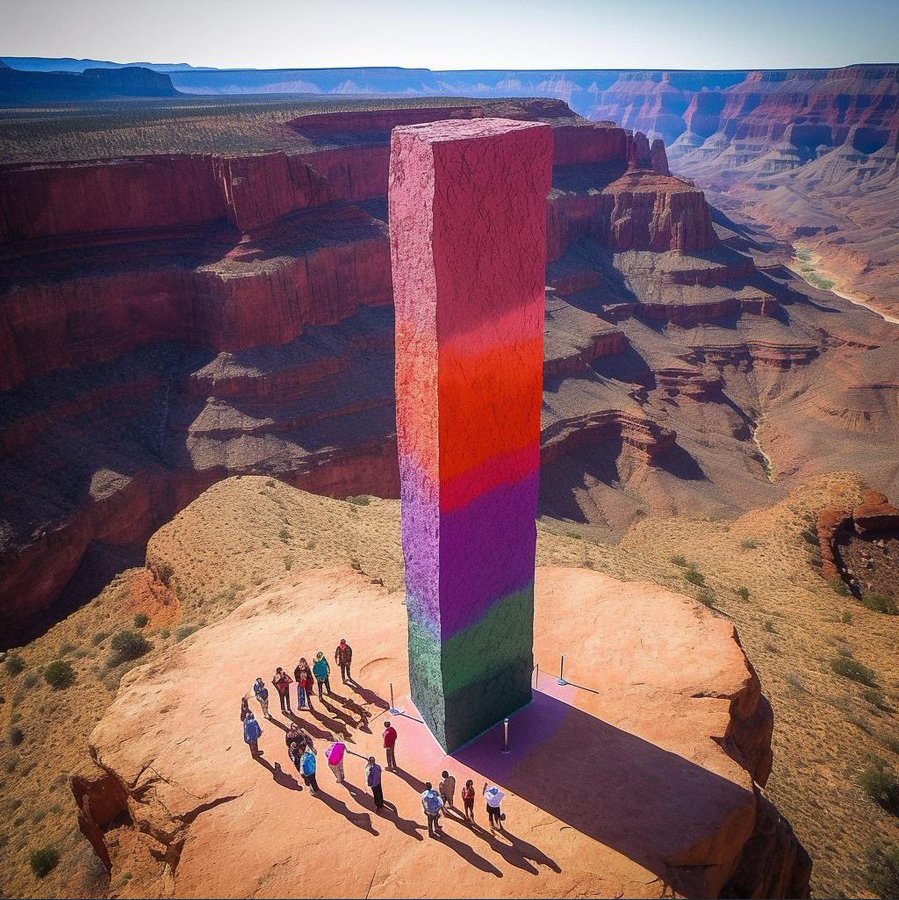
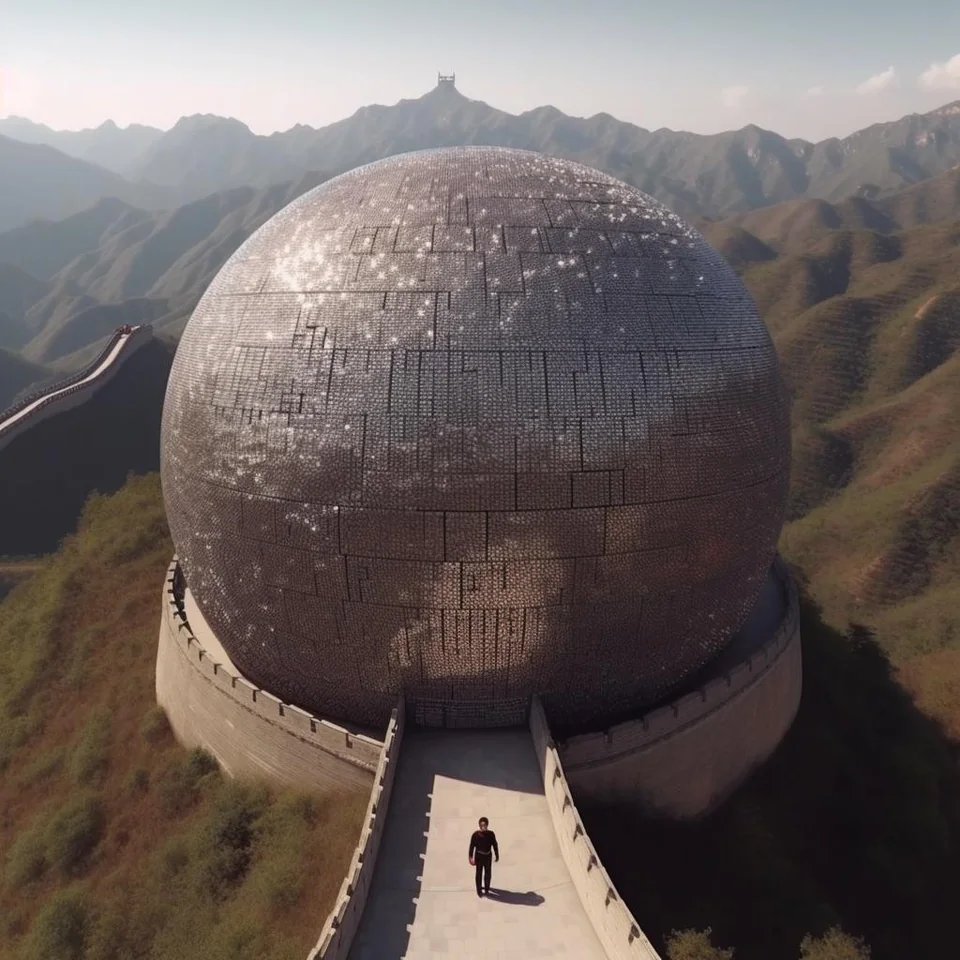
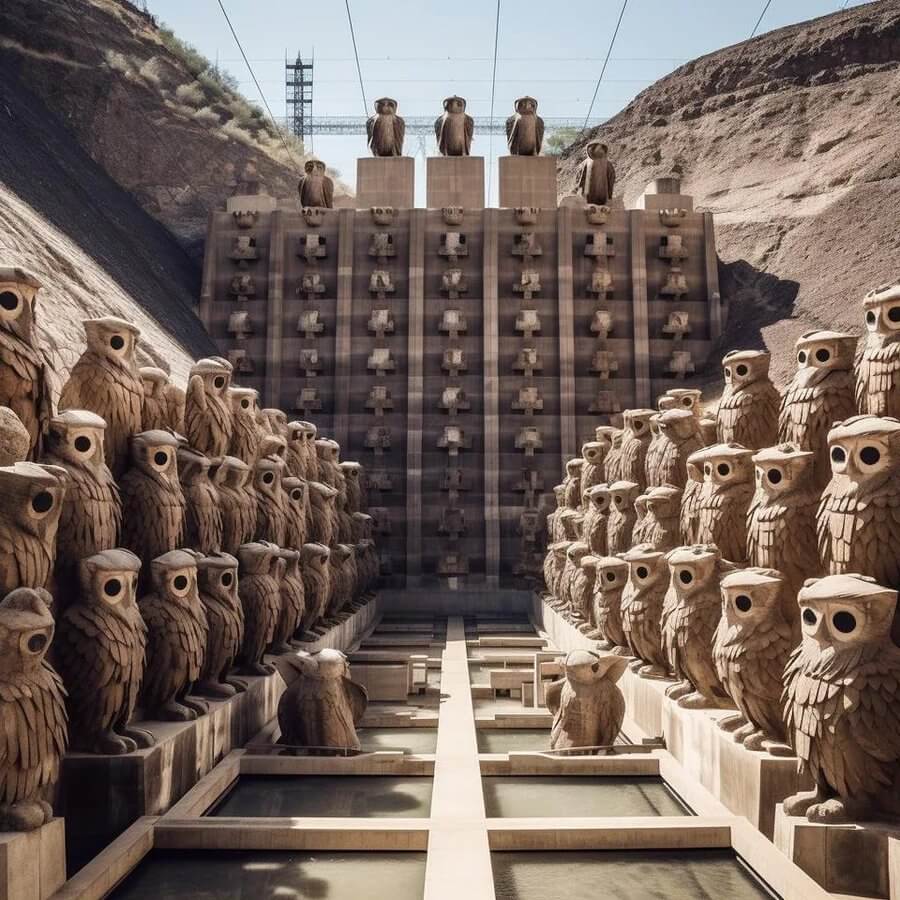


Video of the week
Researchers from the University of Cambridge demonstrated eight simple salad recipes to an AI robot chef that was then able to make the salads itself and come up with a ninth salad recipe on its own.
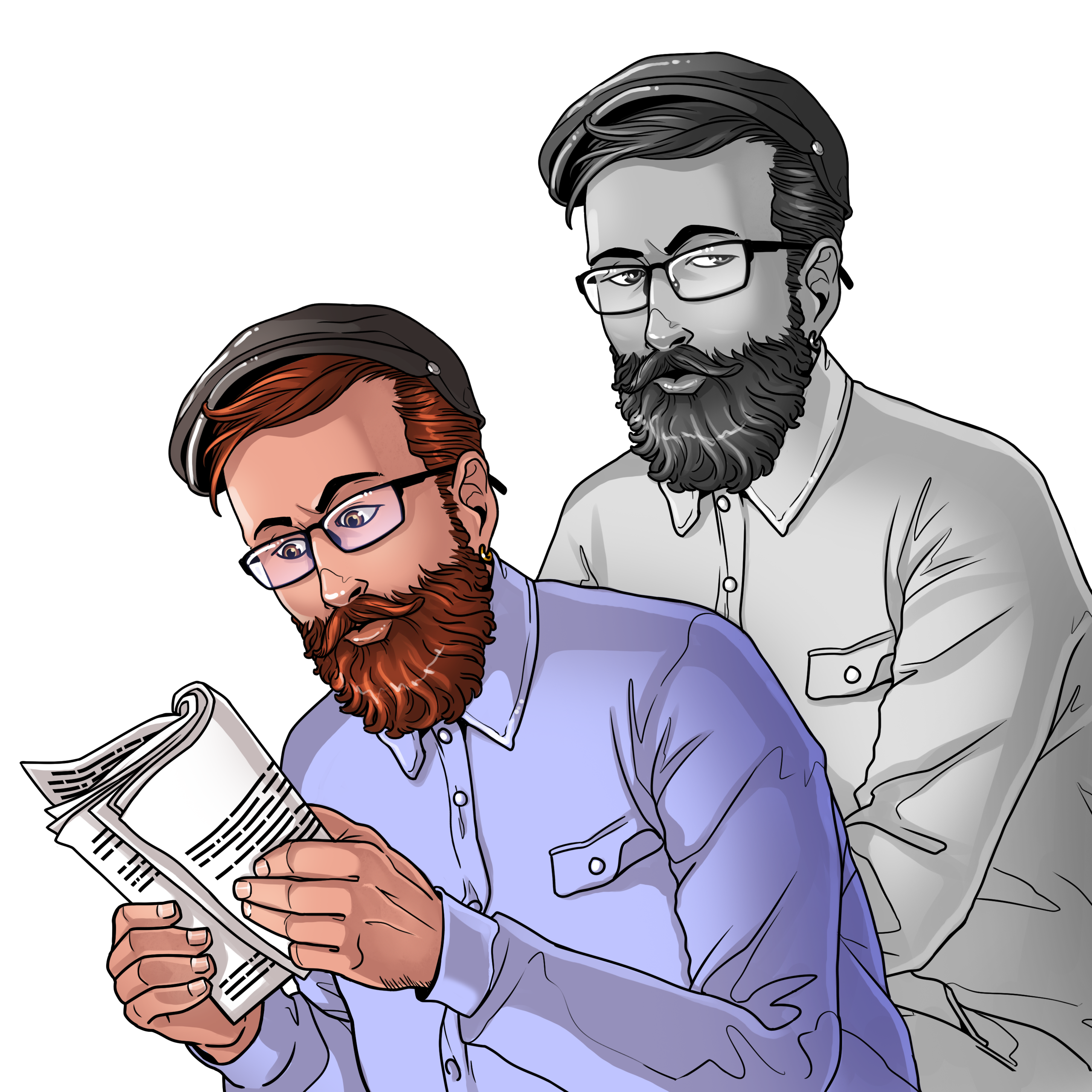
Go to Source
Author: Andrew Fenton
